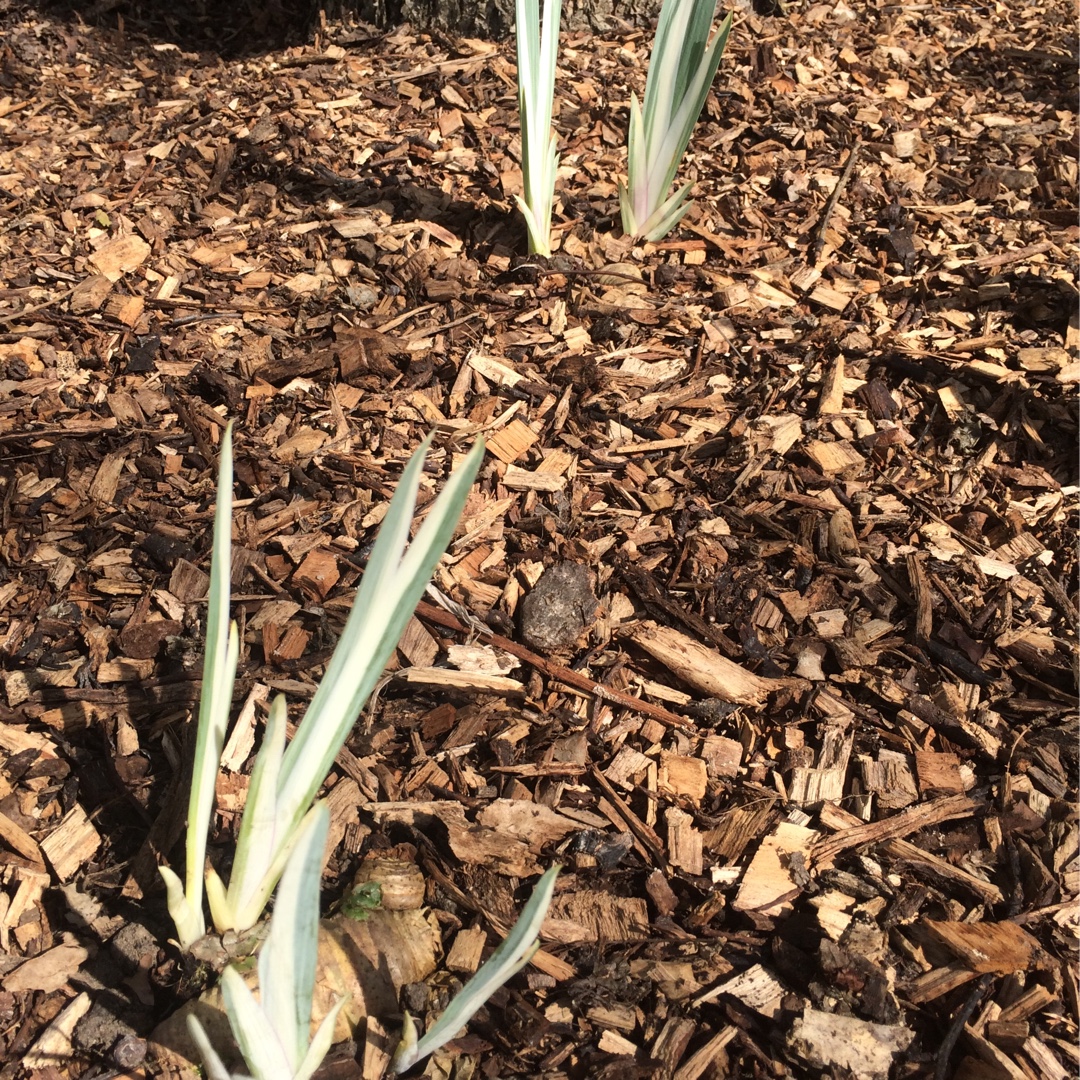
Iris Laevigata 'Variegata'
Variegated Japanese Iris
Variegata' is a rhizomatous perennial to 70cm tall, with narrow leaves heavily striped with creamy-white. Flowers to 10cm wide, purple-blue. This Japanese water iris grows best in deep, acid soil enriched with well-rotted organic matter.
Contributed by @bindin40
-
Full sun to partial shade
-
Occasional watering
-
Frost Hardy: 23F (-5°C)
-
Light and free draining
Common name
Variegated Japanese Iris
Latin name
Iris Laevigata 'Variegata'
type
Herbaceous Perennials
family
Iridaceae
ph
6.0 - 7.0 Acid - Neutral
Plant & bloom calendar
-
Best time to plant
-
When the plant will bloom
full grown dimensions
 0.20 M
0.45 M
0.20 M
0.45 M
Iris Laevigata 'Variegata'
Variegata' is a rhizomatous perennial to 70cm tall, with narrow leaves heavily striped with creamy-white. Flowers to 10cm wide, purple-blue. This Japanese water iris grows best in deep, acid soil enriched with well-rotted organic matter.
Flowering Season
From Mid Spring TO Late Autumn
As the genus is complex, the flowering characteristics vary greatly however, as a generalisation, Iris blooms start to appear during spring and depending on variety, may be evident throughout the summer and into autumn.
Propagating by division
From Mid Autumn TO Late Autumn
Split the irises every year, immediately after flowering has ended. At this point the early summer leaves and flower stems have started to die back, and the late summer leaves have started to grow. Split individual plants with a light spade, leaving the part to be retained undisturbed in the soil. Remove about 30-50% of the total plant mass. The aim is to leave plants about the size that would fit under an A5 sheet of paper. After splitting, cut back the early-summer leaves on the remaining plants, and cut or break off the flower stems. Finally, top-dress the plants.
Planting in late Summer
From Mid Summer TO Late Summer
Ideally the Iris plant would need to be planted in a sunny spot so that it can receive at least six hours of sun a day as well as being planted in well drained but moist soil. They do well near water but should be at least 6 inches above water level. Avoid hoeing around the base of the plants as the roots are near the surface and easily damaged. Plenty of mulch can help avoid weed growth around them, although rhizomatous varieties should not be mulched, as this could rot the rhizomes.
Planting bulbs
From Late Summer TO Early Autumn
The bulbs should be planted in late Summer or Autumn, and only about 2in deep. Great care must be taken when planting this iris not to damage the fleshy roots. Add coarse grit and bone meal before planting.








